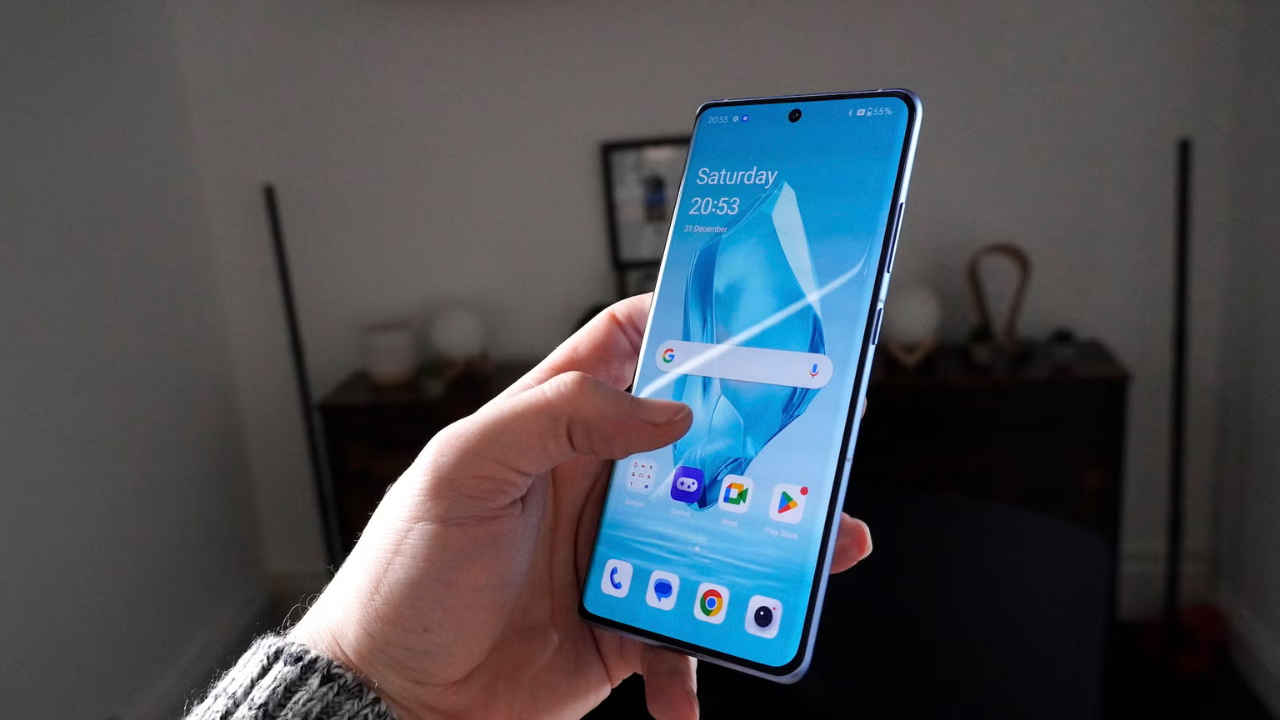Tech in 2024: Smartphones ditch curved display for flat screens
There's something inherently practical about flat screens.
In 2024, we saw a significant number of smartphones adopting flat screens.
Here are some possible reasons why there is a shift happening from curved screens to flat screens.

Curved displays have always had a certain allure. I saw it for the first time on my cousin’s OnePlus 7 Pro and was fascinated by it. The trend started way back with the Samsung Galaxy S6 Edge, which featured the first curved edge display. At that time, this display felt extremely premium and expensive, and even today, curved displays still give off a high-end feel.
 Survey
SurveySo, why are smartphone manufacturers shifting towards flat screens? Is it because they’ve grown tired of curves? Are we, as consumers, bored of it? Personally, I still appreciate curved edge displays, but there’s something inherently practical about flat screens.
In 2024, we saw a significant number of smartphones adopting flat screens, beginning with the Samsung Galaxy S24 series, particularly the Ultra model. After that, Google also dropped the Pixel 9 series with a flat screen, and all major Chinese flagships such as the Oppo Find X8 series had a similar treatment. Even the Vivo X200 series, which comes with a quad-curved display gives off a flat screen-like feel to the user.
Notably, while many Android brands experimented with curved displays, Apple has consistently opted for flat screens since the very first iPhone. Given Apple’s reputation as a trendsetter in the smartphone industry, is this another trend they’re setting? I believe there’s more to it.
Let me tell you possible reasons why there is a shift happening from curved screens to flat screens, as well as its advantages and drawbacks.
Why the shift to flat screens
- User Preference: Many users prefer the practicality of flat screens, which are easier to use and less prone to accidental touches.
- Durability and Protection: Flat screens are generally more durable and easier to protect, with cases and screen protectors fitting easily.
- Cost-Effective: Flat screens are cheaper to manufacture, allowing brands to offer high-quality devices at more competitive prices.
Drawbacks of curved displays
- Accidental Touches: Curved screens are more prone to accidental touches, which can be frustrating for users.
- Durability: Curved displays can be more fragile and difficult to protect with screen protectors and cases.
- Higher Cost: Curved displays tend to be more expensive to produce, which can drive up the price of the device and even repairs are more expensive.
To wrap it up, the shift to flat screens in 2024 shows that, unlike me, many others prefer flat screens on smartphones, mainly due to the practical advantages. While aesthetics are important, practicality is also integral.
Mustafa Khan
Mustafa is a young tech journalist who tells it like it is, cutting through buzzwords to deliver straightforward smartphone reviews. He’s the office go-to for insider tips and quick demos, and his video content doesn’t waste anyone’s time. When he’s off the clock, he geeks out over cars, photography, and hunting down the best spot for Indian food. View Full Profile